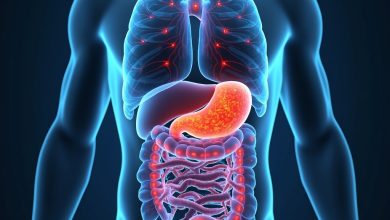
The Role of Genetics in Hair Loss: Can Treatments Overcome Your DNA?
Understanding Hair Loss
Hair loss is a common concern that affects millions of people worldwide. While it can be influenced by various factors, one of the most significant contributors is our genetics. Knowing how our DNA affects hair loss can empower us to make informed decisions about treatment options.
What Causes Hair Loss?
Hair loss can be categorized into different types, primarily:
- Androgenetic Alopecia: Often called male or female pattern baldness, this hereditary condition affects both men and women.
- Alopecia Areata: An autoimmune disorder that can cause sudden hair loss in patches.
- Telogen Effluvium: Temporary hair loss typically triggered by stress, hormonal changes, or medical conditions.
Among these, androgenetic alopecia is the most prevalent and is heavily influenced by genetic factors.
The Genetic Factors Behind Hair Loss
Genetics play a crucial role in determining the likelihood of hair loss. Key genetic components include:
- Family History: If your parents or grandparents experienced hair loss, you might be more prone to it as well.
- Hormonal Influences: Hormones like dihydrotestosterone (DHT), derived from testosterone, can shrink hair follicles, leading to hair thinning and loss.
- Specific Genes: Certain genes, such as the AR gene located on the X chromosome, have been associated with androgenetic alopecia.
Understanding these genetic factors can help us grasp why hair loss is often a familial issue.
Can Treatments Overcome Genetic Hair Loss?
The good news is that while genetics play a significant role in hair loss, various treatments can help manage and sometimes reverse its effects. Here are some popular options:
- Medications: FDA-approved treatments like minoxidil (Rogaine) and finasteride (Propecia) can promote hair growth or slow hair loss. These work by improving blood flow to hair follicles and reducing DHT levels.
- Hair Transplant Surgery: This procedure involves relocating hair follicles from areas of the scalp with fuller hair to bald or thinning areas.
- Laser Therapy: Low-level laser therapy (LLLT) is a non-invasive treatment that may stimulate hair growth by increasing blood circulation to the scalp.
- Platelet-Rich Plasma (PRP) Therapy: Involves injecting your own platelets into the scalp to encourage hair growth and improve follicle health.
Each treatment has its advantages and potential side effects, so consulting with a healthcare professional is crucial to determine the best course of action for your specific situation.
Lifestyle Changes That Can Support Hair Health
In addition to medical treatments, certain lifestyle changes can bolster hair health and minimize hair loss:
- Healthy Diet: Consuming a balanced diet rich in vitamins and minerals, especially biotin, zinc, and iron, can support hair growth.
- Stress Management: Reducing stress through practices like yoga, meditation, or regular exercise can prevent stress-related hair loss.
- Proper Hair Care: Gentle hair care practices, including avoiding harsh chemicals and heat, can prevent unnecessary damage.
These lifestyle adjustments can complement medical treatments and contribute positively to your overall hair health.
Conclusion
While genetics undoubtedly play a significant role in hair loss, there are various treatment options available that can help you regain control over your hair. By understanding the genetic factors involved and exploring both medical treatments and lifestyle changes, you can take proactive steps toward managing hair loss. Remember, consulting with a healthcare professional is always recommended to tailor a plan that works best for you.




